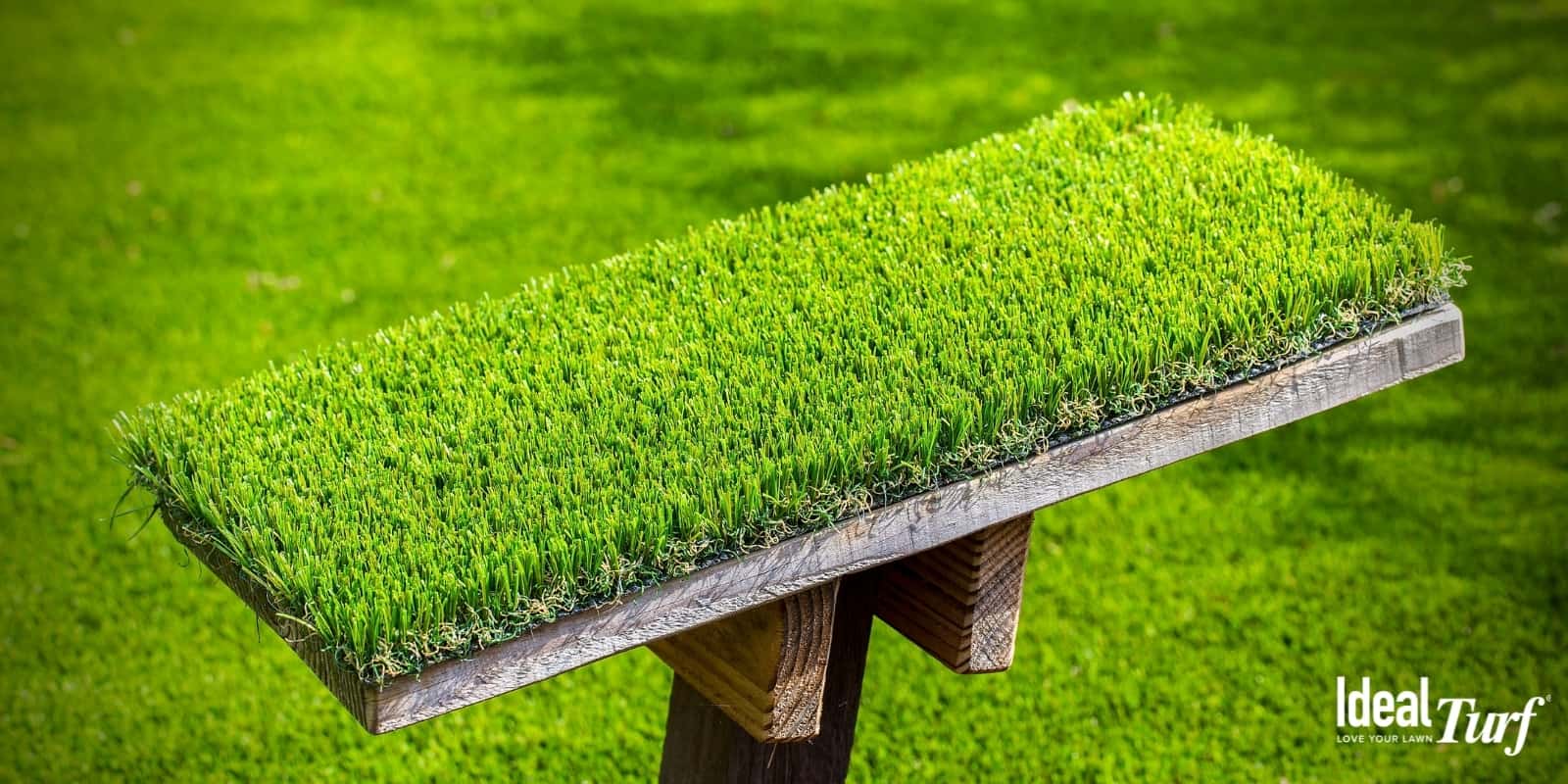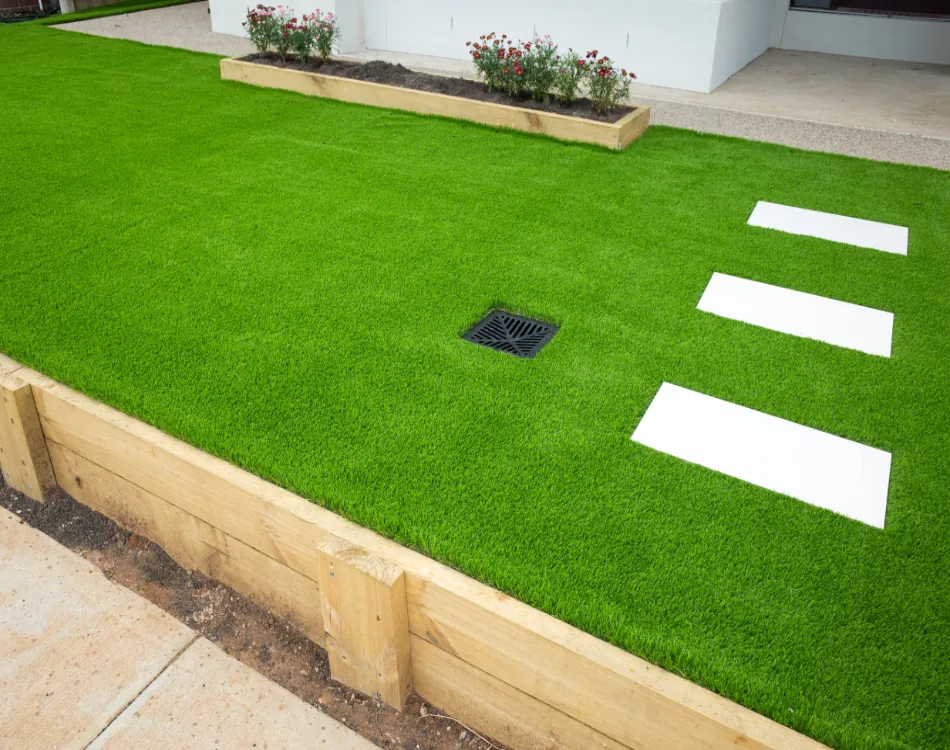Enhance Your Outdoor Space with Arizona Artificial Turf for a Vibrant Green Look
Enhance Your Outdoor Space with Arizona Artificial Turf for a Vibrant Green Look
Blog Article
Explore the Environmental Conveniences of Opting for Artificial Lawn Solutions
The adoption of synthetic turf services presents a compelling possibility to resolve pressing environmental difficulties. By considerably reducing water usage and decreasing the application of harmful chemicals, these options not just promote sustainable landscaping but likewise protect neighborhood communities.
Water Conservation Advantages
One of one of the most significant advantages of synthetic grass is its capacity to save water. Standard yard yards need significant irrigation, particularly in locations vulnerable to drought or water limitations. In comparison, synthetic turf does not need watering, dramatically minimizing the overall demand for water sources. This function is especially valuable in deserts where water shortage is a pushing issue.
By removing the need for routine watering, fabricated lawn contributes to lasting landscape practices and helps alleviate the ecological influence of extreme water usage. Furthermore, the preservation of water reaches the reduction of runoff, which can bring about soil disintegration and river air pollution.
In addition, the installation of artificial lawn enables districts and home owners to designate water resources extra successfully, concentrating on important uses such as drinking water and agriculture. The change in the direction of synthetic grass not just promotes accountable water usage but additionally lines up with broader ecological goals focused on maintaining natural deposits.
As areas increasingly prioritize sustainability, the water conservation benefits of synthetic grass offer a compelling case for its adoption in domestic and commercial landscape design jobs.
Lowered Chemical Use
The shift to man-made grass dramatically decreases the reliance on chemical treatments commonly utilized in all-natural yard maintenance. Traditional grass monitoring generally entails the application of pesticides, herbicides, and fertilizers to promote development and control bugs. These chemicals can pose risks to human health, local wild animals, and the environment, adding to dirt and water contamination.
In comparison, artificial grass gets rid of the requirement for these harmful compounds. By minimizing the release of artificial substances right into the ecological community, man-made lawn advertises healthier dirt and water systems.
Additionally, the lack of chemical runoff connected with synthetic grass installations helps safeguard local waterways from pollution, sustaining water life and maintaining biodiversity. Phoenix turf companies. As communities increasingly focus on sustainable techniques, deciding for fabricated grass provides a practical solution that aligns with ecological conservation goals. Through this shift, property proprietors can appreciate lavish environment-friendly areas without compromising eco-friendly health, leading the way for a much more sustainable future
Lower Carbon Footprint

Additionally, the installment of fabricated lawn can cause considerable water conservation. All-natural lawns require substantial amounts of water for irrigation, which not only adds to the carbon footprint useful site related to water extraction and treatment however also strains neighborhood water resources. On the other hand, synthetic grass needs marginal maintenance, requiring no watering, therefore significantly decreasing water use and its connected energy expenses.
In addition, the longevity of man-made lawn adds to its decreased carbon influence. With a lifespan of as much as 15 years or more, the need for constant substitutes is diminished, causing much less waste and reduced power intake in production and taking care of standard lawn choices. Overall, fabricated lawn presents a lasting option for ecologically mindful landscaping.
Habitat Conservation
Habitat preservation is a critical factor to consider in the argument over landscaping choices, especially when contrasting synthetic grass to all-natural lawn. Natural yard yards usually need considerable maintenance, consisting of the use of plant foods, pesticides, and herbicides, which can detrimentally influence regional ecosystems. These chemicals can seep into the soil and waterways, damaging indigenous vegetation and fauna and disrupting regional habitats.
Fabricated turf gets rid of the demand for unsafe chemicals, thereby protecting close-by wild animals and keeping the stability of surrounding ecosystems. The setup of artificial lawn can lead to the conversion of former turf areas right into even more biodiverse landscapes, such as pollinator gardens or indigenous plant areas, which can sustain regional wildlife.
Ultimately, the transition to synthetic grass not just conserves water and lowers upkeep initiatives but additionally fosters an extra unified partnership in between human tasks and the natural surroundings, promoting habitat preservation in the procedure.
Long-Term Sustainability
Lasting sustainability is a vital anonymous aspect in evaluating the advantages of synthetic grass over conventional yard yards. Among the most significant benefits of synthetic grass is its longevity; it can last approximately 15-20 years with marginal maintenance, whereas natural grass needs regular reseeding and substitute. This long life lowers the requirement for continuous resources, such as water, plant foods, and chemicals, which are important for keeping a healthy turf yard.
In addition, synthetic grass adds to a decrease in carbon discharges related to grass treatment devices. Standard grass frequently need gas-powered mowers, trimmers, and blowers, all of which contribute to air contamination. Arizona artificial turf. On the other hand, synthetic grass removes the need for such tools, advertising a cleaner setting
In addition, the production of synthetic grass increasingly makes use of recycled materials, improving its sustainability account. As makers embrace green methods, the environmental impact of artificial grass remains to lessen.

Final Thought
The adoption of synthetic grass options offers substantial ecological advantages, consisting of significant water conservation, reduced dependence on dangerous chemicals, and a reduced carbon footprint. Additionally, synthetic lawn help in maintaining natural environments by lessening land disturbance and promoting lasting sustainability through using resilient products. Collectively, these variables emphasize the potential of synthetic turf to contribute positively to environmental wellness and supply a feasible option to traditional landscaping techniques in an increasingly resource-conscious globe.
In comparison, synthetic turf does not need watering, dramatically minimizing the general demand for water resources. By lessening the launch of synthetic substances into the community, man-made lawn promotes internet healthier soil and water systems.
Moreover, the installment of synthetic grass can result in considerable water preservation. In comparison, artificial turf needs very little maintenance, needing no watering, consequently substantially decreasing water use and its linked energy prices.

Report this page